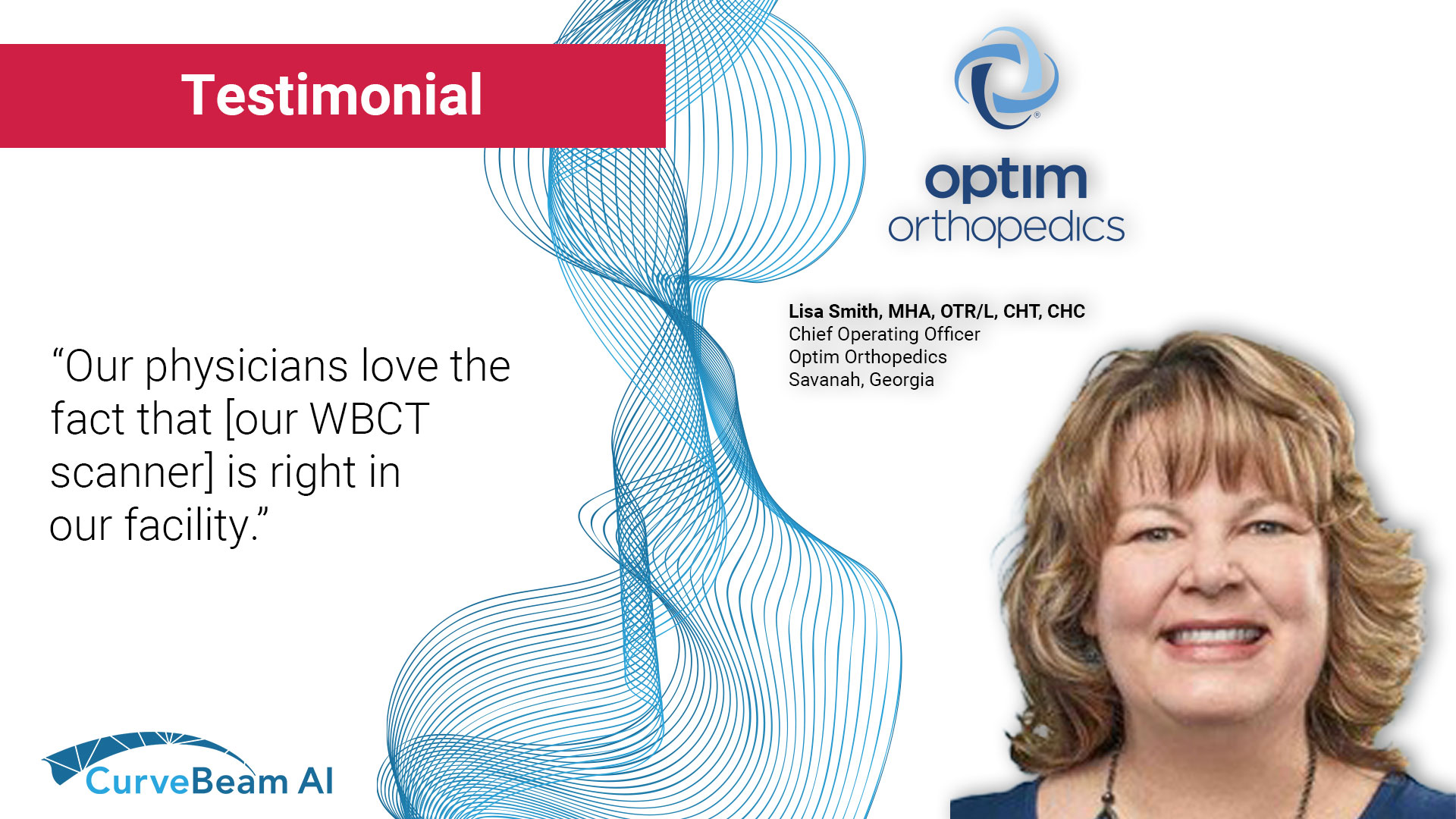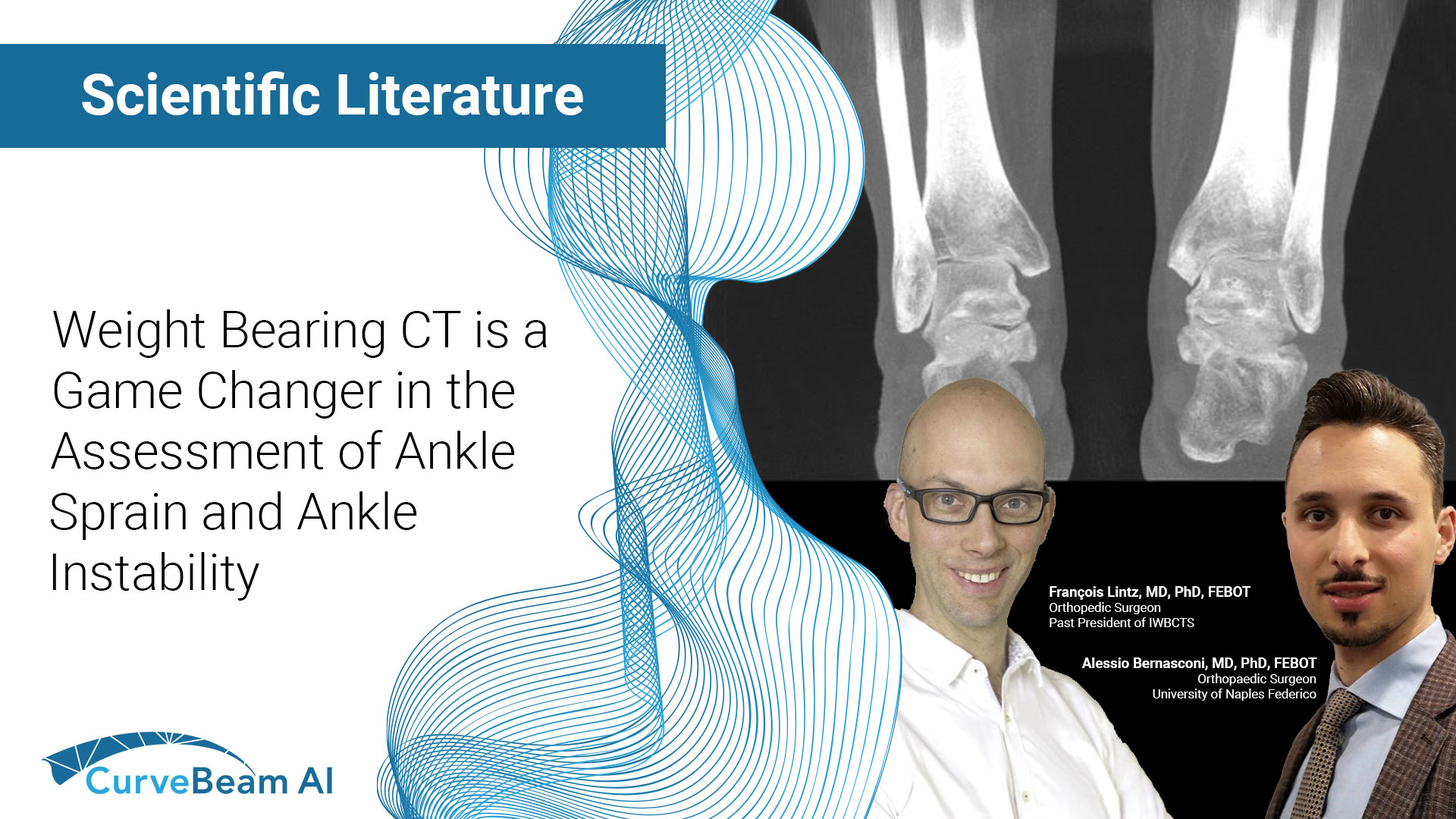Lisa Smith, MHA, OTR/L, CHT, CHC, Chief Operating Officer for Optim Orthopedics in Savannah, Georgia,…

Weight Bearing CT Finds Important Displacement in Patients with Hallux Valgus
It’s difficult to understand how much a bunion can affect your life until you experience it. Known by the medical term hallux valgus, this deformity is painful and can be extremely disruptive. While the traditional solution has been to perform a fusion of two key bones in what is known as the Lapidus Procedure, a team of researchers believes this overlooks a secondary displacement that can cause lasting postoperative problems.
In their study, Comparison of Intercuneiform I-2 Joint Mobility Between Hallux Valgus and Normal Feet Using Weightbearing Computed Tomography and 3-Dimensional Analysis, Dr. Tadashi Kimura and fellow researchers looked at an understudied joint to find out if there is more that can be done in the treatment of hallux valgus. They looked at the feet of 11 women with the condition, as well as the feet of 11 healthy women, and found a significant difference in the displacement of the I-2 joint between the two groups.
To conduct their study, the team used CT scanning with simulated weightbearing effects on the foot to see the mobility of the joint. The images portrayed enough difference in the two groups to suggest that hallux valgus does affect the I-2 joint. Previously, a Lapidus Procedure had been used to fuse the first metatarsal with the medial cuneiform, but an additional operation may be needed to fuse the I-2 joint, a process known also as arthrodesis, in order to relieve the patient’s symptoms.
While this might not be the case for all patients with hallux valgus, it can be significant for those who experience hypermobility of this joint. To determine that this is the case, utilizing true weightbearing CT scanning technology may be critical. This study used CT scans that simulated a weightbearing environment with the intention of replicating the effects, but the authors state that the displacement may be even more severe once true weightbearing interaction is observed.
An industry leader in weight bearing, 3D scanning technology, CurveBeam’s innovations give doctors the ability to develop comprehensive treatment plans that address this entire issue. The authors of the study write that simple radiography would be unable to capture the displacement of the I-2 joint and traditional CT scanning is unable to account for the shifts caused once the full weight of a patient’s body is placed on the foot. Hallux valgus treatment can greatly improve the quality of life for a patient, and it is important to ensure that the treatment provided eliminates the problem. The PedCAT can give doctors the ability to do exactly that. To learn more about CurveBeam and the pedCAT, click here.





